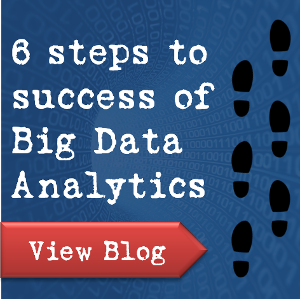Business analytics is a term that may be used to describe the application of data analytics techniques to provide insights and make predictions, or to formulate prescriptions for specific business purposes. For example, data analytics may be used to predict how well a new set of marketing strategies is working for a product. It may be used as a tool to manage various types of risk by evaluating a number of past data parameters that resulted in varied risk outcomes. It may be used to help improve the efficiency of an operational process by identifying what inputs and conditions resulted in the most efficient operational outcomes.
In a very broad sense, analytics works by creating mathematical or statistical models that identify patterns in past data, and then running freshly captured data through these models to gain insights or to predict what business outcomes may be expected given what actually happened and in what environment those events that generated the data happened.
As with any model that is based on statistics and probability theory, having enough data of the right kind, the right variety and the right quality allows data scientists to build models that are likely to be more accurate. Building a "good" model takes time and it is quite common to find that it takes several iterations of refinement with the usage of larger and better quality data sets before a model can be relied upon. However, this is only one side of the issue, i.e., the technical side.
While more data can be captured, and technological interventions can be applied to validate and clean it, the fact is that there may be several factors in the external and internal business environment that may change. For example, global events may cause changes in monetary values, inflation, interest rates, consumer buying behaviours and preferences, and so on. It may actually happen that by the time the data scientists have gone through a number of iterations of refinements of their work the results are still not up to expectation and cannot be relied upon. In such cases, it may well be that the reason for this is that while the data quality has been improved over the course of a few months, the external business environment has seen change. This may result in business parameter values needing to be reconfigured, or in parameters themselves being re-prioritized or re-weighted. Doing this needs the constant involvement of people who understand the business and are able to provide their input at the right time.
Data analytics by itself is both a science and an art, but in order to provide value to business activities it needs to be complemented every step of the way with business awareness and understanding so that the evolution of a technical model over time is continuously validated and kept in tune with changing business realities.

 Mario Lewis
Mario Lewis









